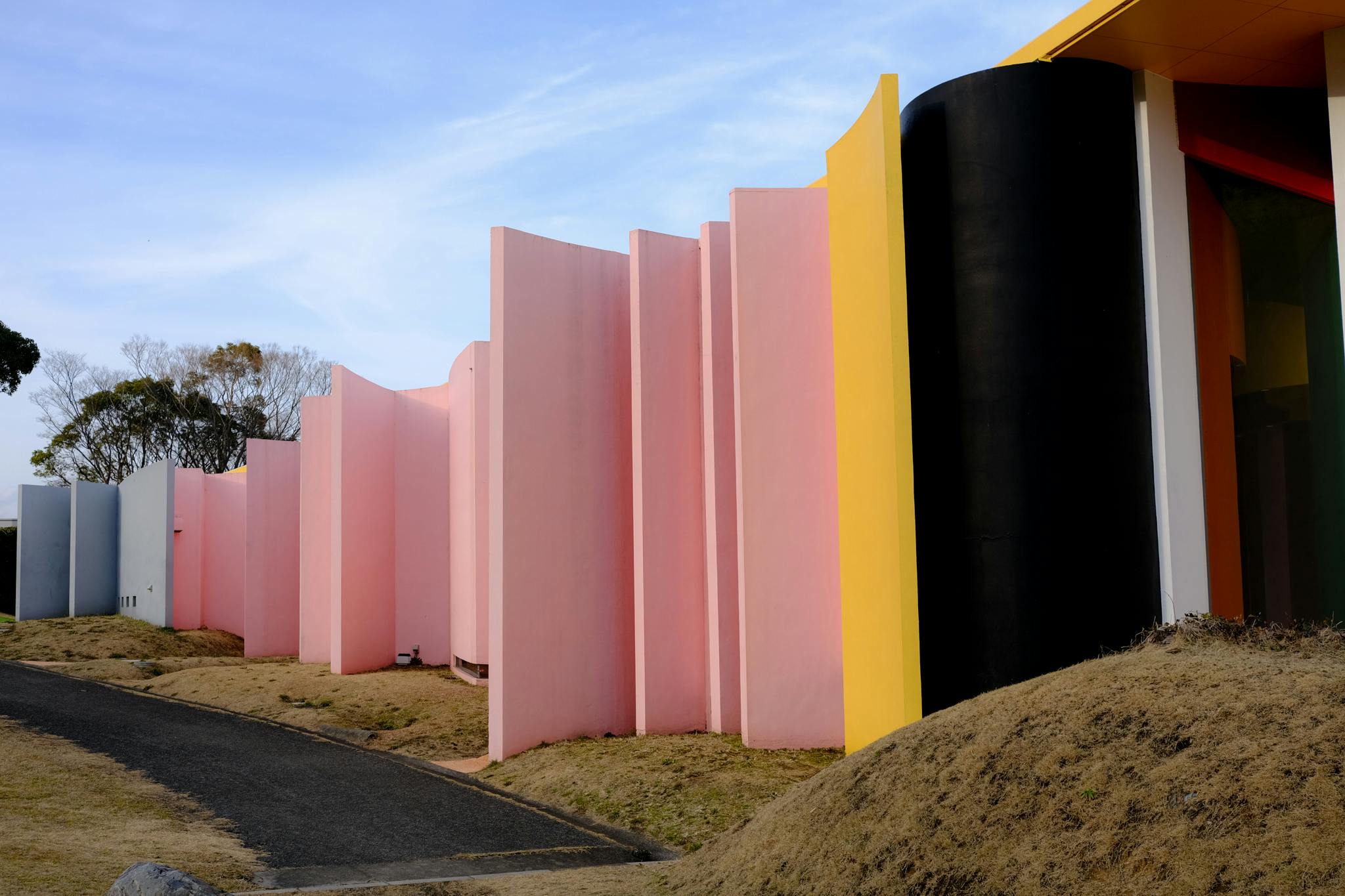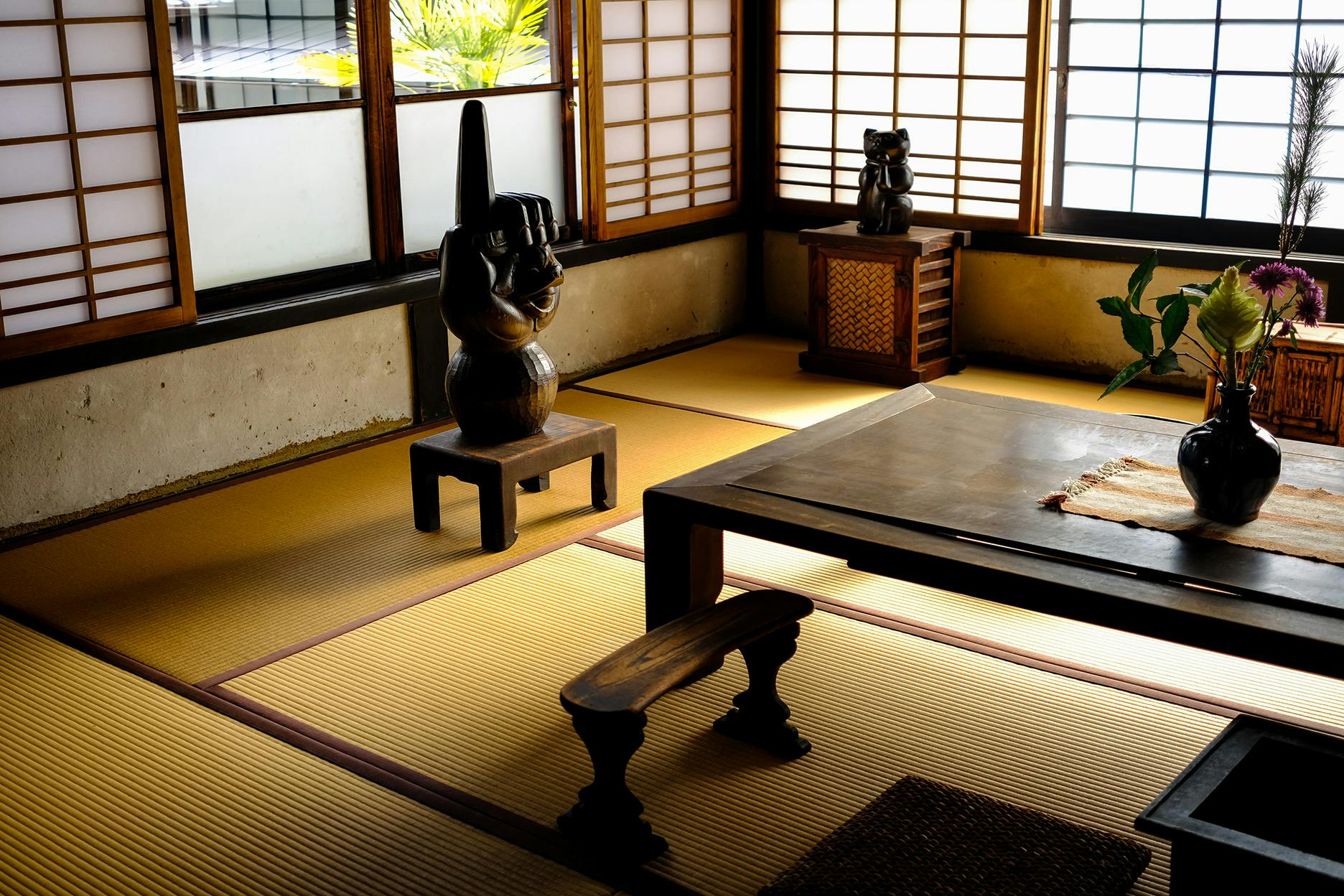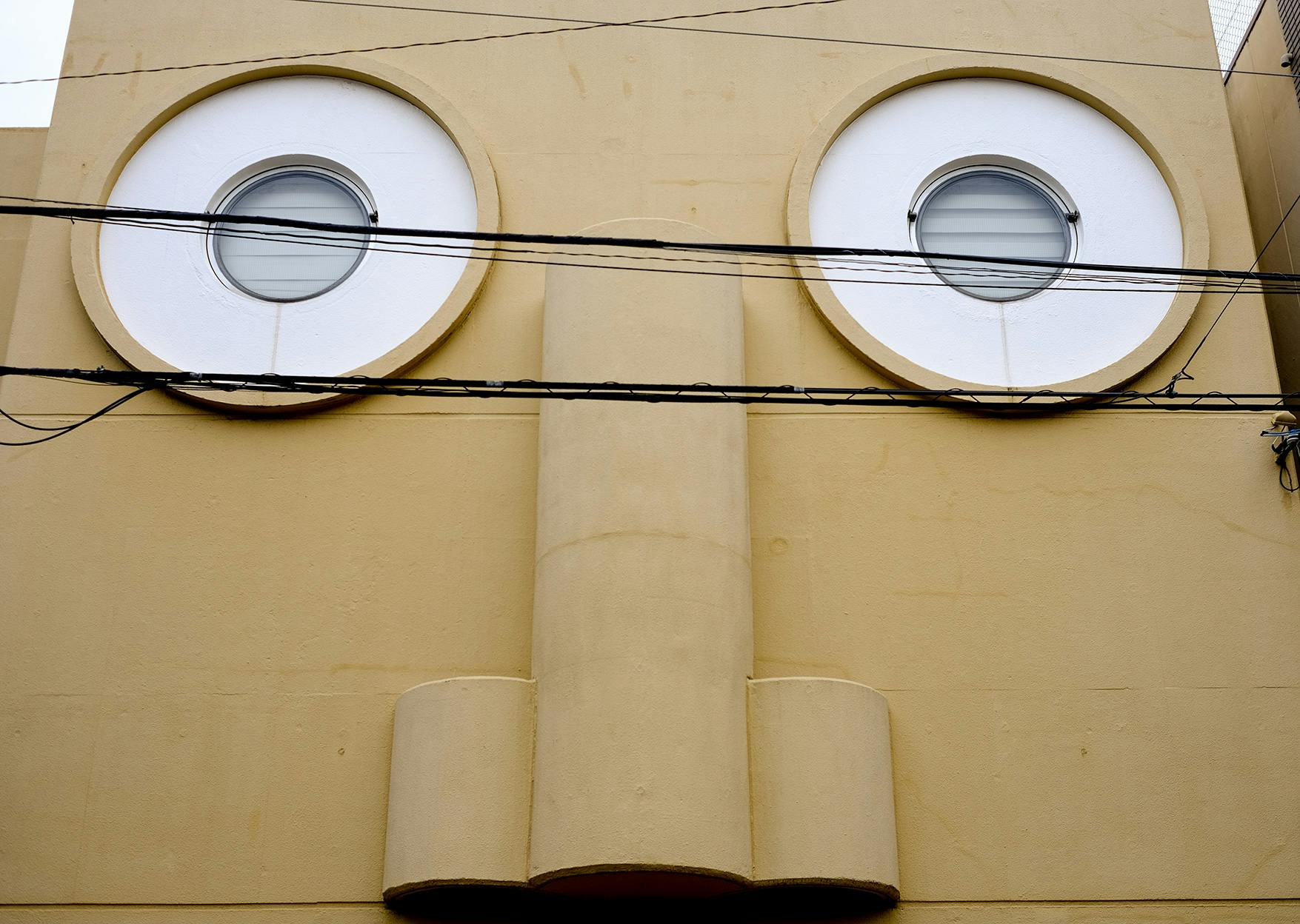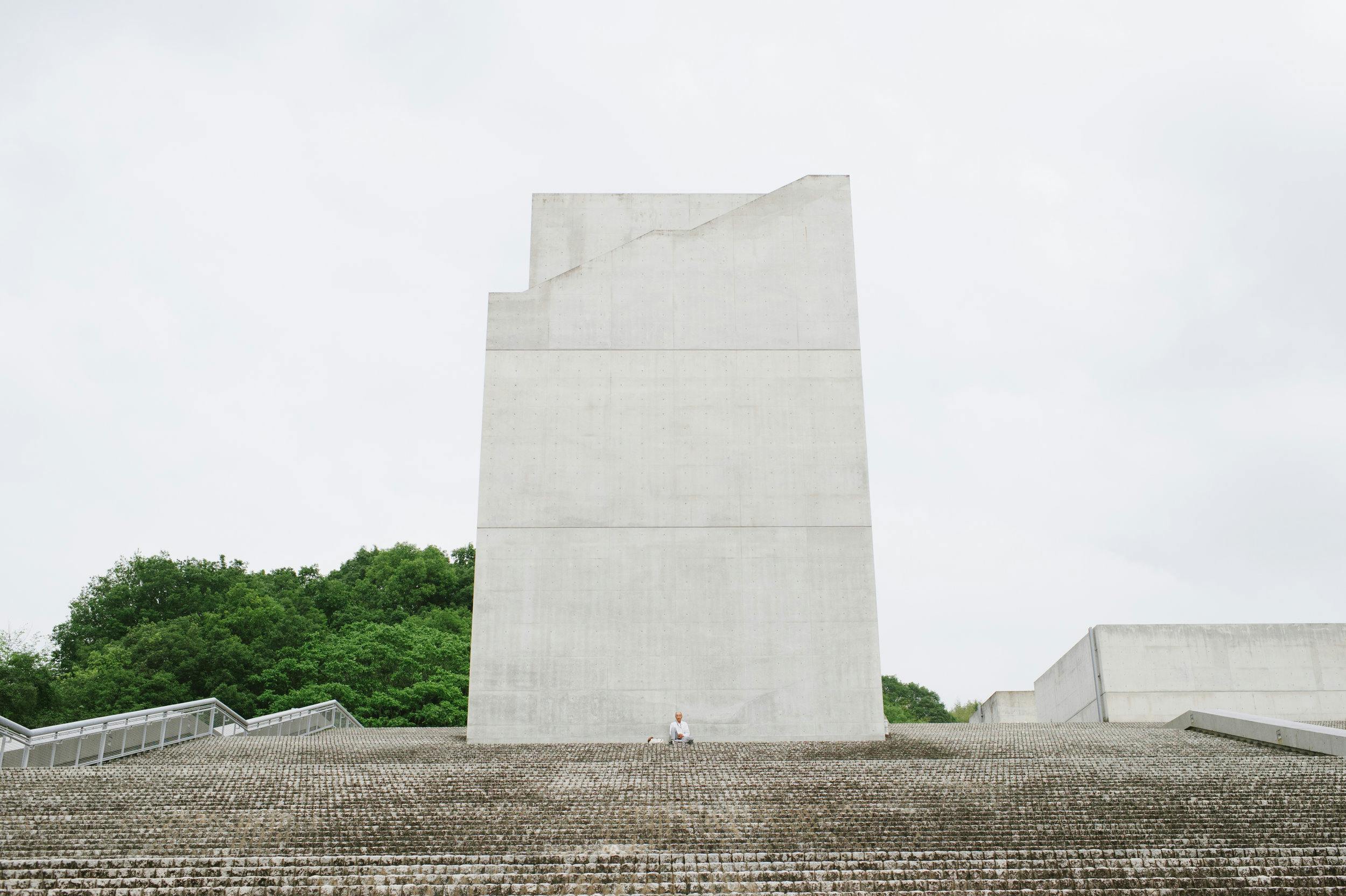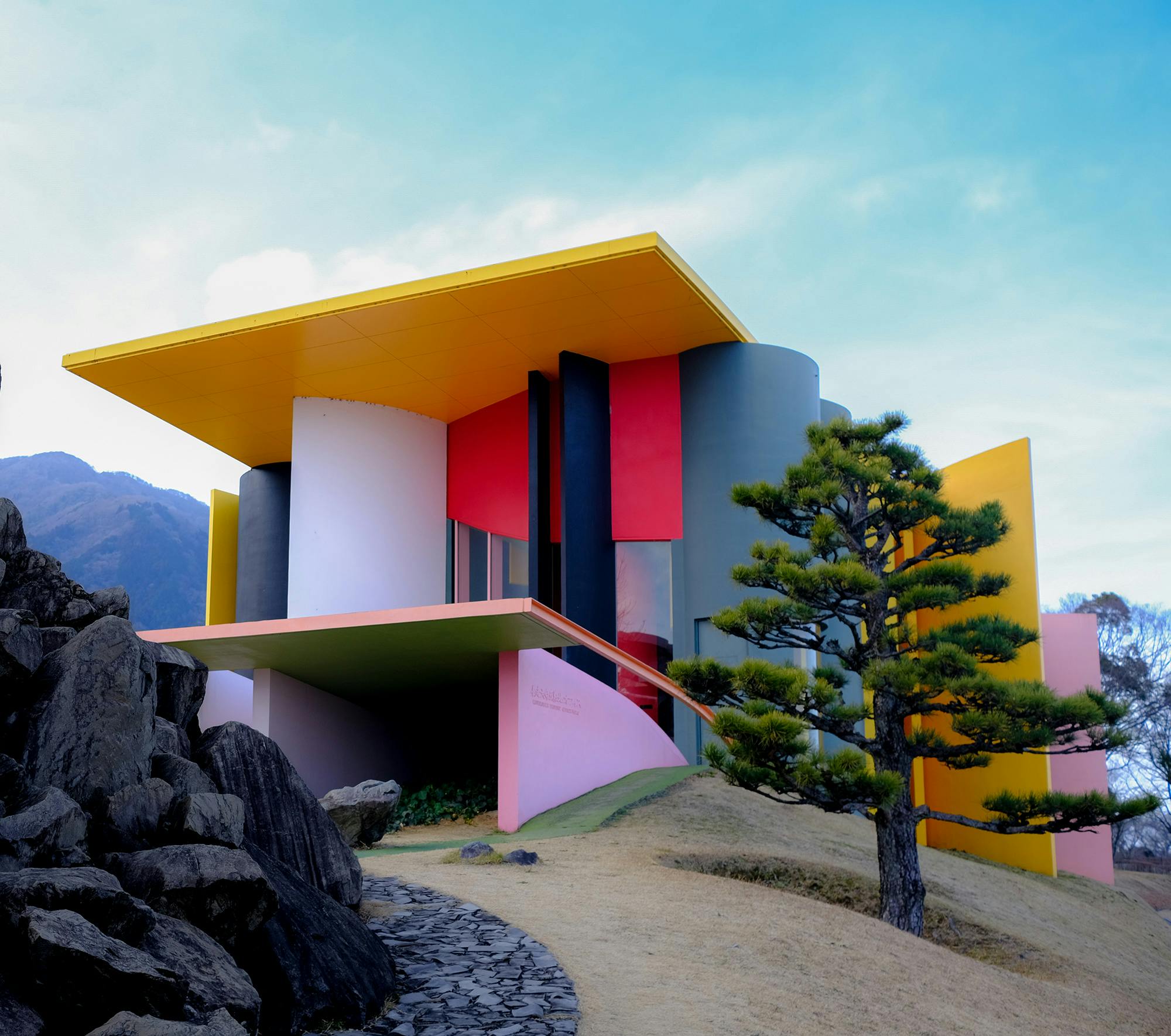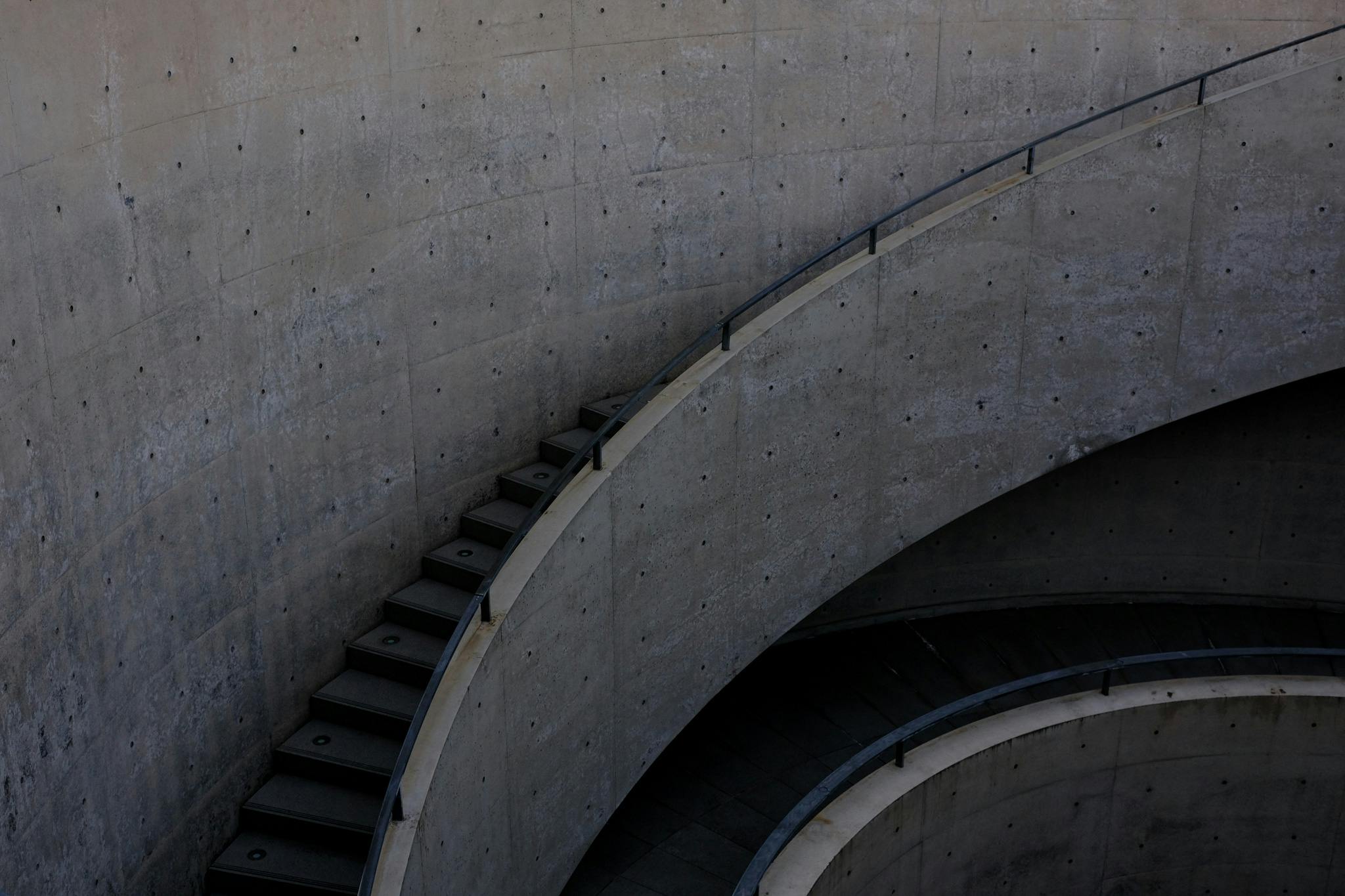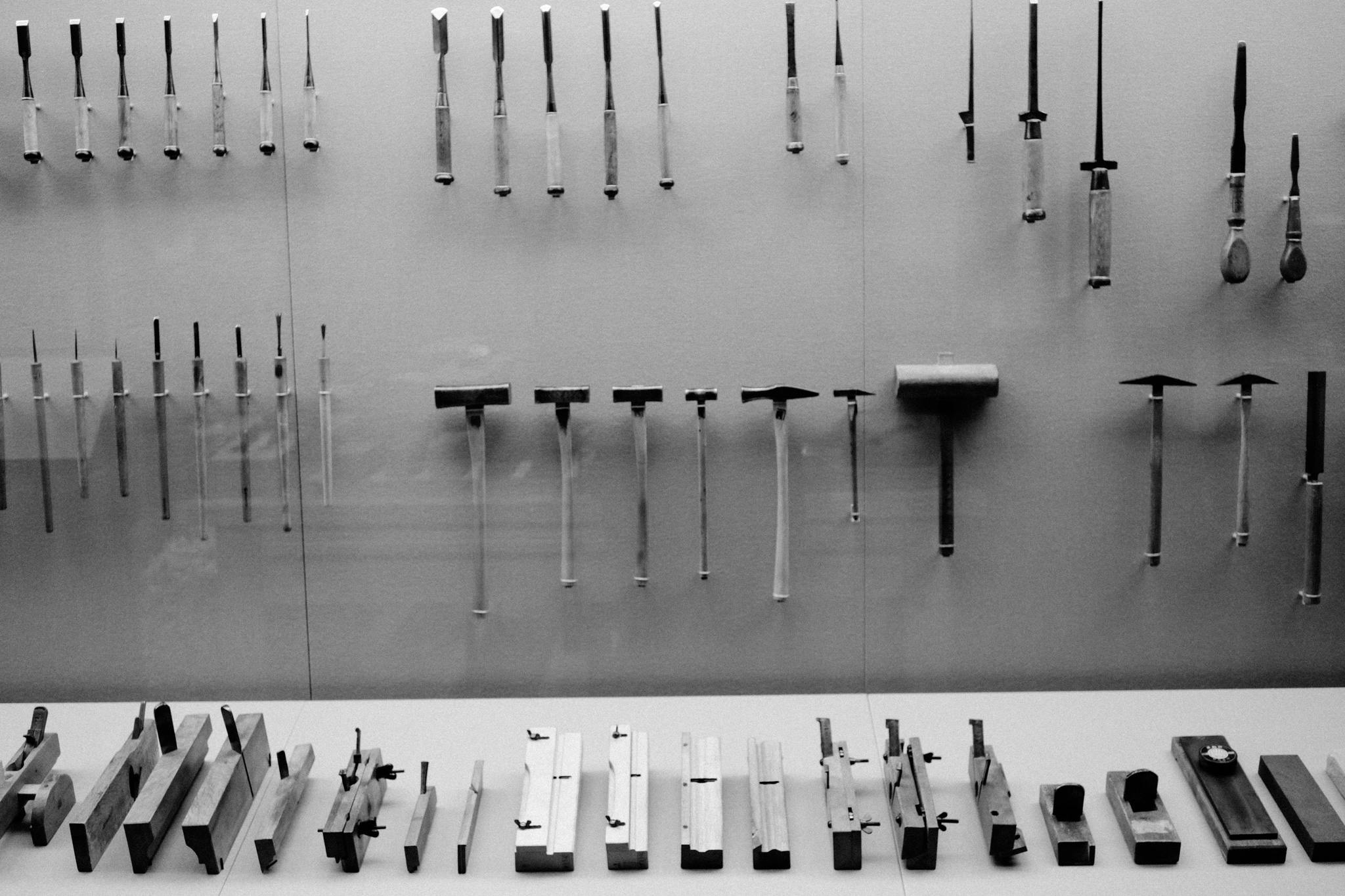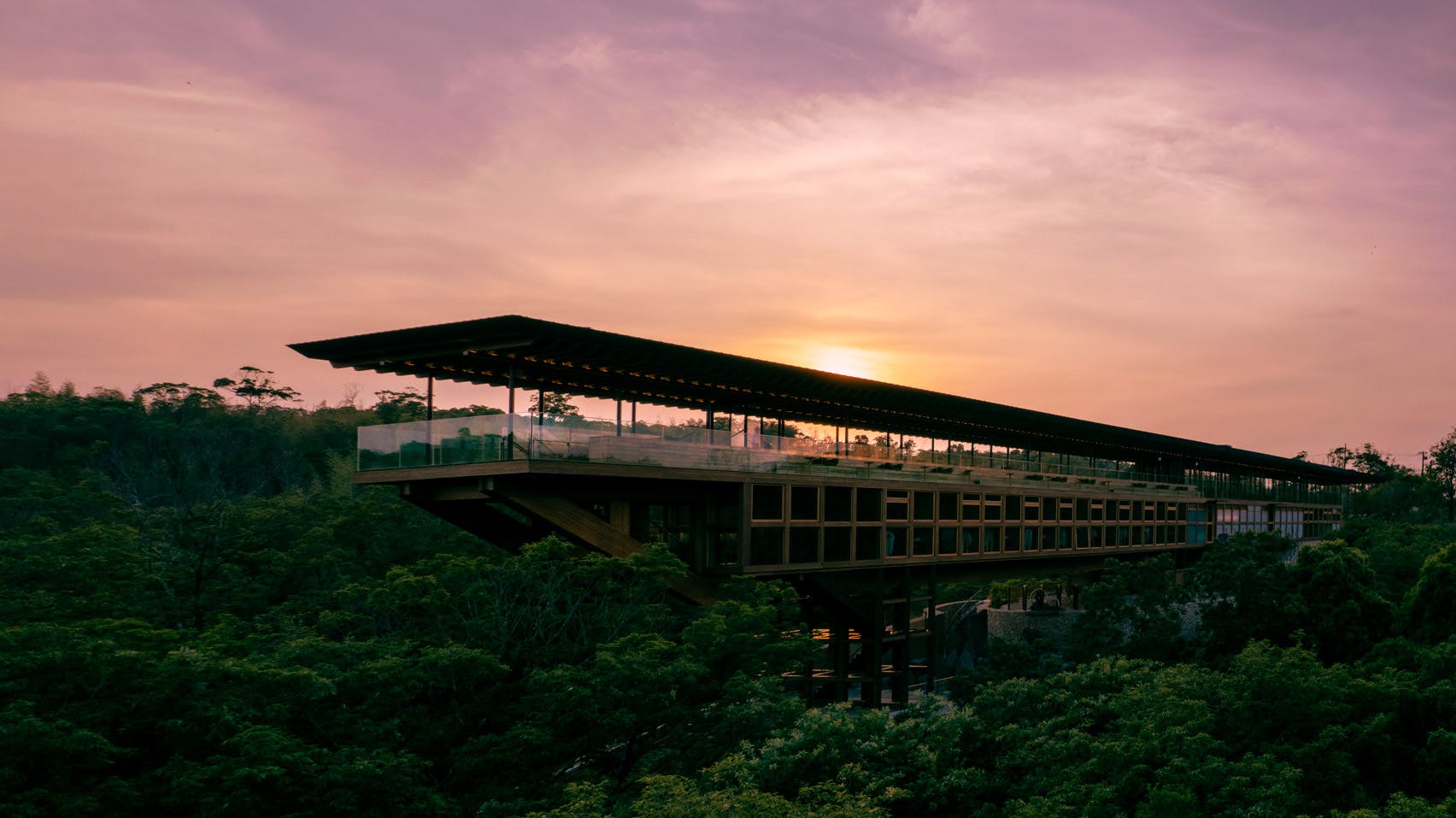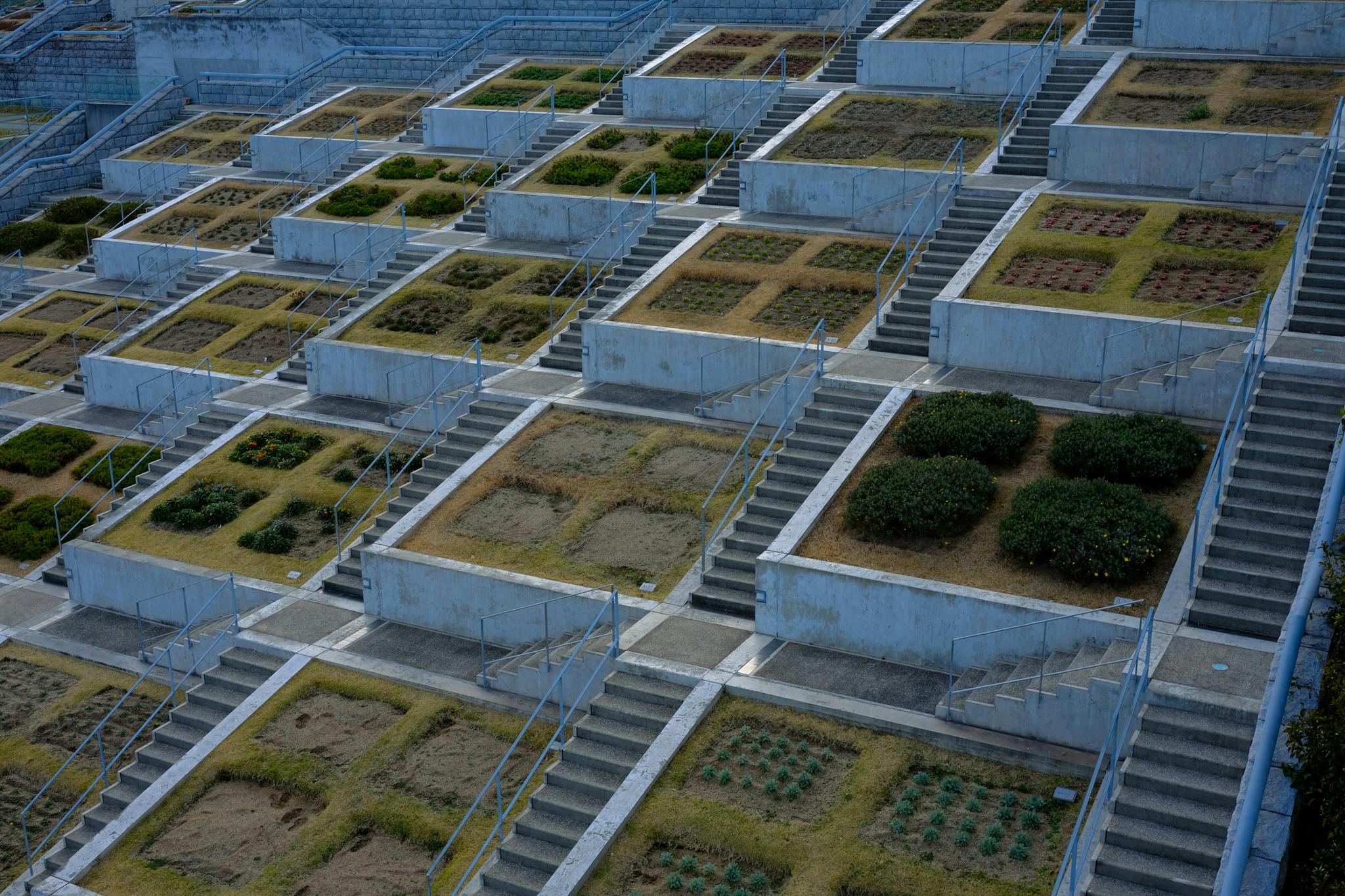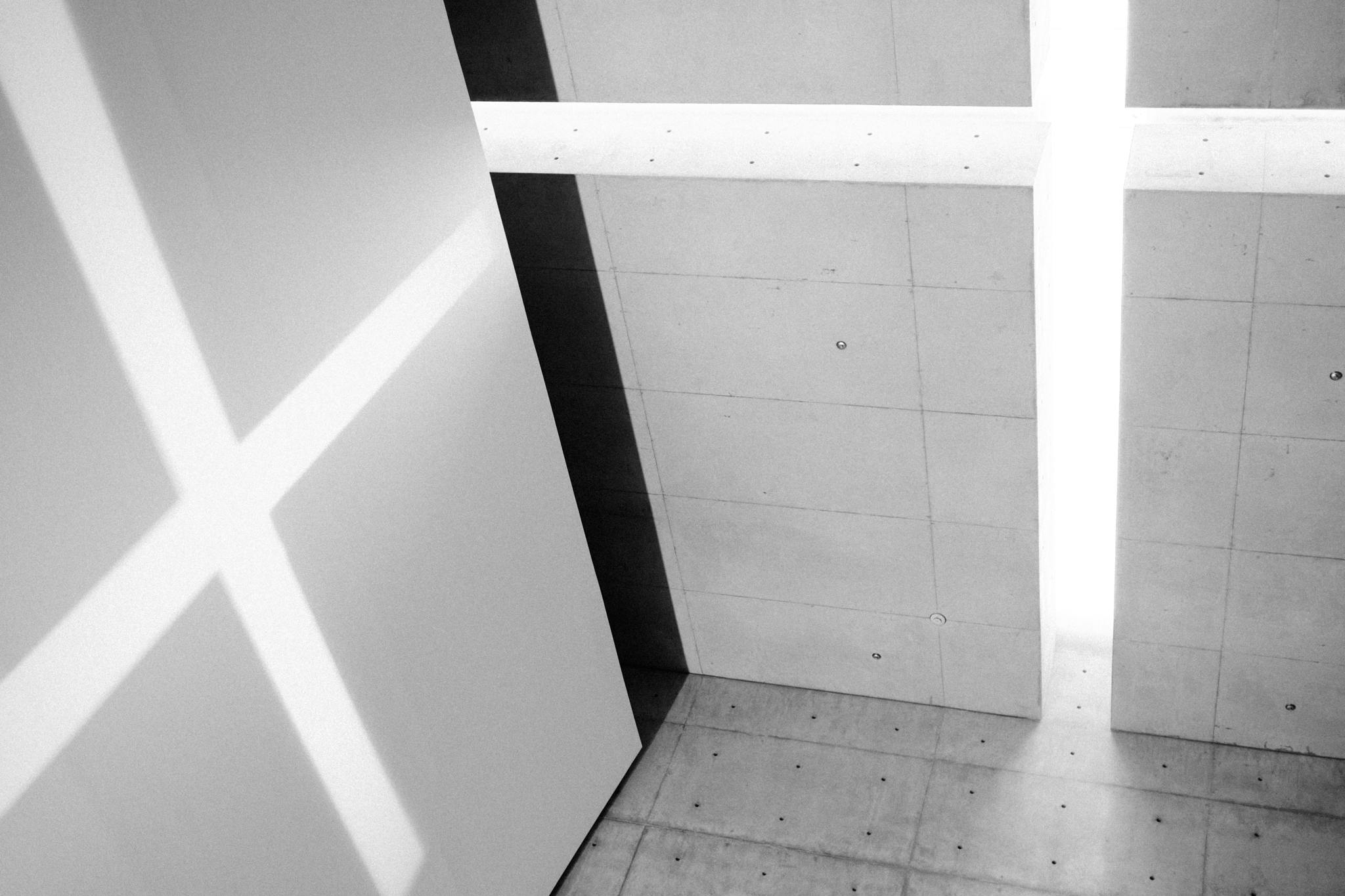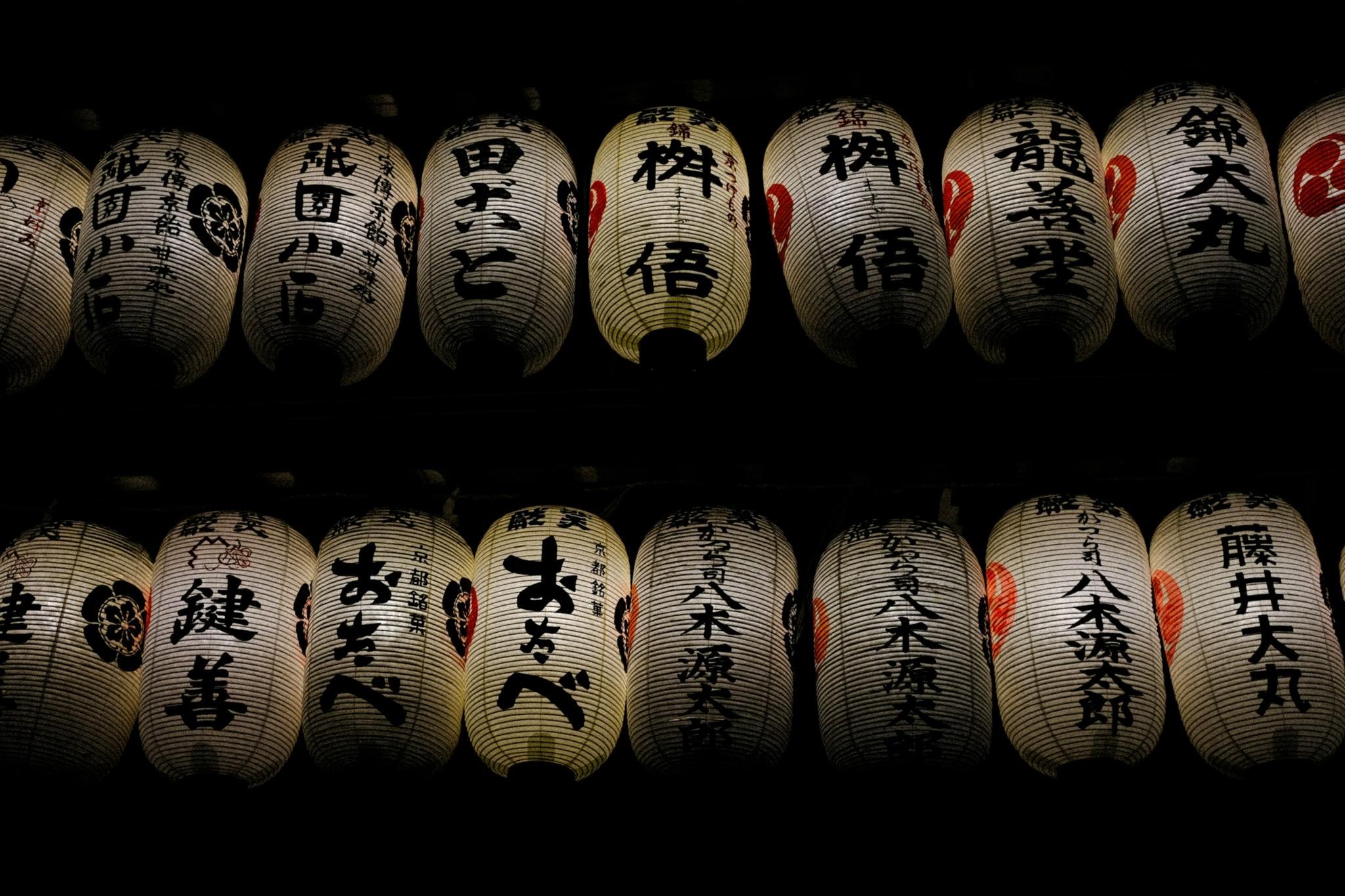
Guide to Kyoto and Central Japan
We explore the imperial city of Kyoto hosting everything from historical Mingei movement ateliers, gilded temples and anthropomorphic buildings. With Kyoto as our base, we travel around the region exploring architectural gems around Kobe, Osaka and Awaji Island
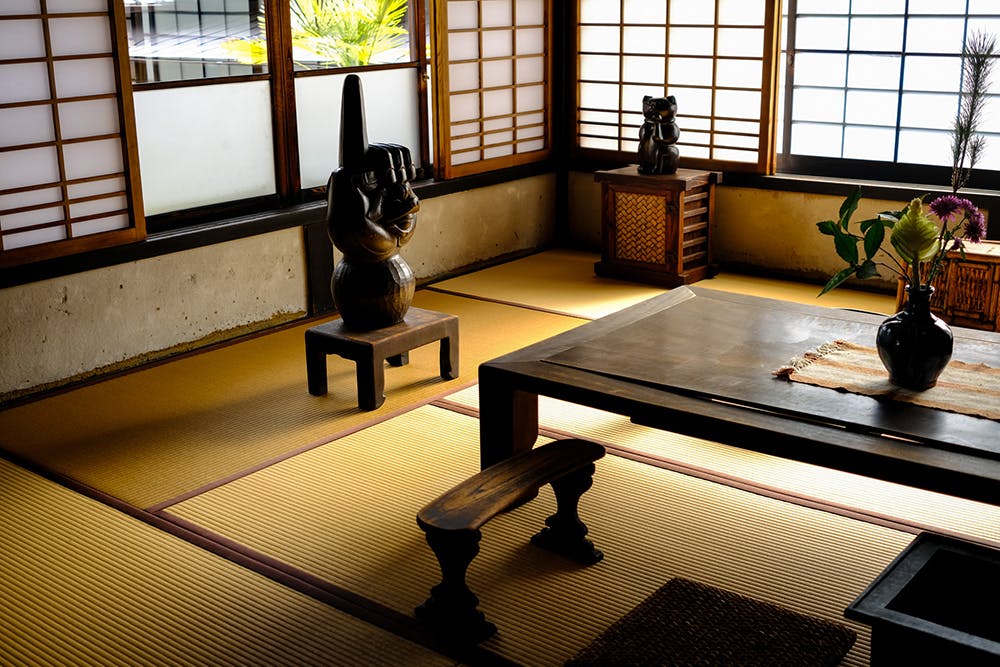
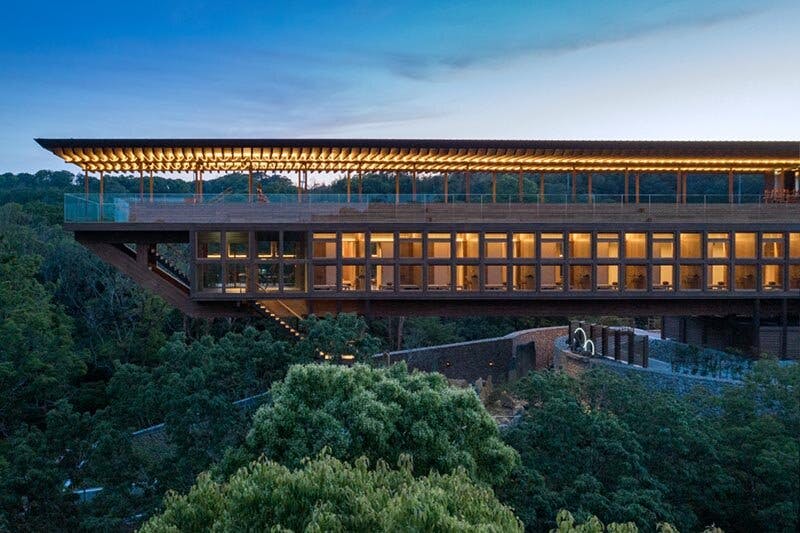
Kyoto, the ancient imperial capital dating back to 794 AD, is more or less on the top of every person's bucket list, no? From traditional ryokans with outdoor baths, gilded temples, contemplative rock gardens, tea ceremonies and a mecca for traditional Japanese culture – this is a must-visit for anyone visiting Japan.
The Heian period (794-1185) saw Japanese culture blossom and flourish in the realms of poetry, architecture, art, and religion in the temple-laden, moss-clad city. From Kyoto, major cities such as Osaka, Kobe, and Awaji, as well as some lesser-known spots hosting some of Japan's (if not the world's) most interesting contemporary architecture, are just a stone's throw away. With Kyoto as our base, we set out to explore the history of design and architecture within its grid as well as on day trips around the region.
